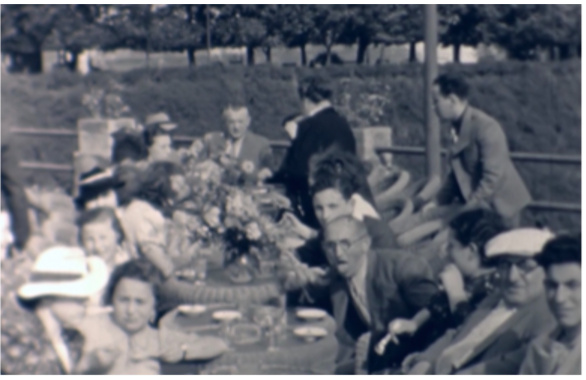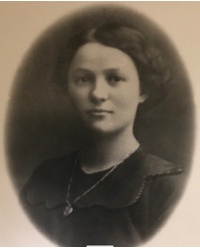We are all familiar with the devastation Covid has wreaked: the millions of lives lost, the millions of lives curtailed, the sacrifices we have all had to make to protect public health, the financial damage and precarity that will haunt us for years to come, the enormous strain placed on our health services, and the terrifyingly huge mental health toll. These things are solid facts; grievances we can point to and complain about together, as victims alike of suffering imposed on us from above by the forces of the universe (and the government).
But what about the violence Covid has done to our compassion? When will we talk about how Covid has stripped so many of us of our sensitivity towards suffering, of our true concern for others? And can it be refound?
For many of us (myself included – I hold my hand up, though not with pride), case numbers became almost meaningless a long time ago. Even mortality statistics, reduced to jagged peaks and troughs on a graph, failed to spark much emotional response. Their enormity combined with their constancy made it impossible to process. On top of the detached flatness of life under various degrees of lockdown and the general misery we were more or less all experiencing, our brains could simply not cope with more. Our grief and anger became channelled elsewhere – sometimes rightfully so, in light of the callousness, irresponsibility, and lack of foresight or even common sense with which our authorities have at points acted. But one side effect of this was that we became dangerously practised in a form of compartmentalisation – perhaps to some extent necessary to allow us simply to carry on existing, but in its stronger concentrations a force which allowed many of us, in ways big or small, to prioritise our own convenience over the safety of others.
In the first few months of the pandemic, I was terrified. I dealt with this terror by rigid adherence to Covid protocols, desperate to control what little was left for me to control, and by a consequent sense of moral righteousness – I might still get Covid, but at least I had Done All The Right Things. My sense of righteousness, I might add, was only fuelled by the perhaps inevitably moralising messaging being fed to us: Stay Home. Protect the NHS. Save Lives. I was saving lives, and I was incandescently furious with anyone who was failing to do the same. I could only imagine that their actions must derive from some perverse and inhuman selfishness, as well as a sense of superiority or exceptionalism which, rather ironically, got under my skin like nothing else.
But then. Ah, but then. I found myself around the early summer of 2021 forced to abandon my mental “black list” of those who had infringed Covid regulations, and therefore my neat and tidy moral code; partially because I literally lost count, but partially also because I suffered the crushing realisation – obvious now, but something I was incapable of seeing for a long time – that there was in fact no clear moral binary. Sure, some people behaved in particularly selfish ways and egregiously flouted the rules more than others. But at the end of the day, we were all guilty of the same core thought process – or failure of thought process – to lesser or greater extents. I might not have technically broken any rules, but come that summer I, like everyone around me, was being a little less careful, a little more emotionally detached from it all. I avoided looking at news headlines and case numbers. I still in some abstract sense cared about people, of course; and I still took public health measures seriously. But I didn’t really feel these things anymore. I trotted off to get my vaccinations, I avoided crowded events, I wore my mask indoors as required. But I no longer felt the crushing fear or the bitter anger. It was great.
Except at the same time, with the alleviation of restrictions and the return of quasi-normalcy, I no longer felt a true connection to those still suffering immensely under the long shadow of the virus. I no longer felt the full weight of my compassion, because it had become too much to bear. Too much for us all to bear. We’re all implicated in this mess – in perpetuating the emotional disconnect that enables the harming of our most vulnerable.
With the pandemic far from over, how can we pull ourselves out of our apathy and into our empathy? I’m not sure I really have the answers, except that we must walk the tightrope between burning ourselves out and avoiding all emotional responsibility. We’re still connected to one another. Our government may represent a morally bankrupt failure of leadership; but that means we must lead ourselves. We must reach back into our communities, and into our most compassionate selves. We must rid ourselves of our numbness, and together remember our humanity.
I admit that it still feels overwhelming, and maybe impossible. But it is worth remembering that empathy, like apathy, is a mental habit we can practise. We won’t always get it right; we’re not perfect. But perhaps we can start with one small action – checking up on an isolating friend, perhaps – and gradually expand our compassion outwards. We can at least try. And if more and more of us tried – really tried – wouldn’t that be something?
Image credit: fernandozhiminaicela via Pixabay





